Home>Gardening & Outdoor>Landscaping Ideas>When To Dethatch Bermuda Grass In Texas
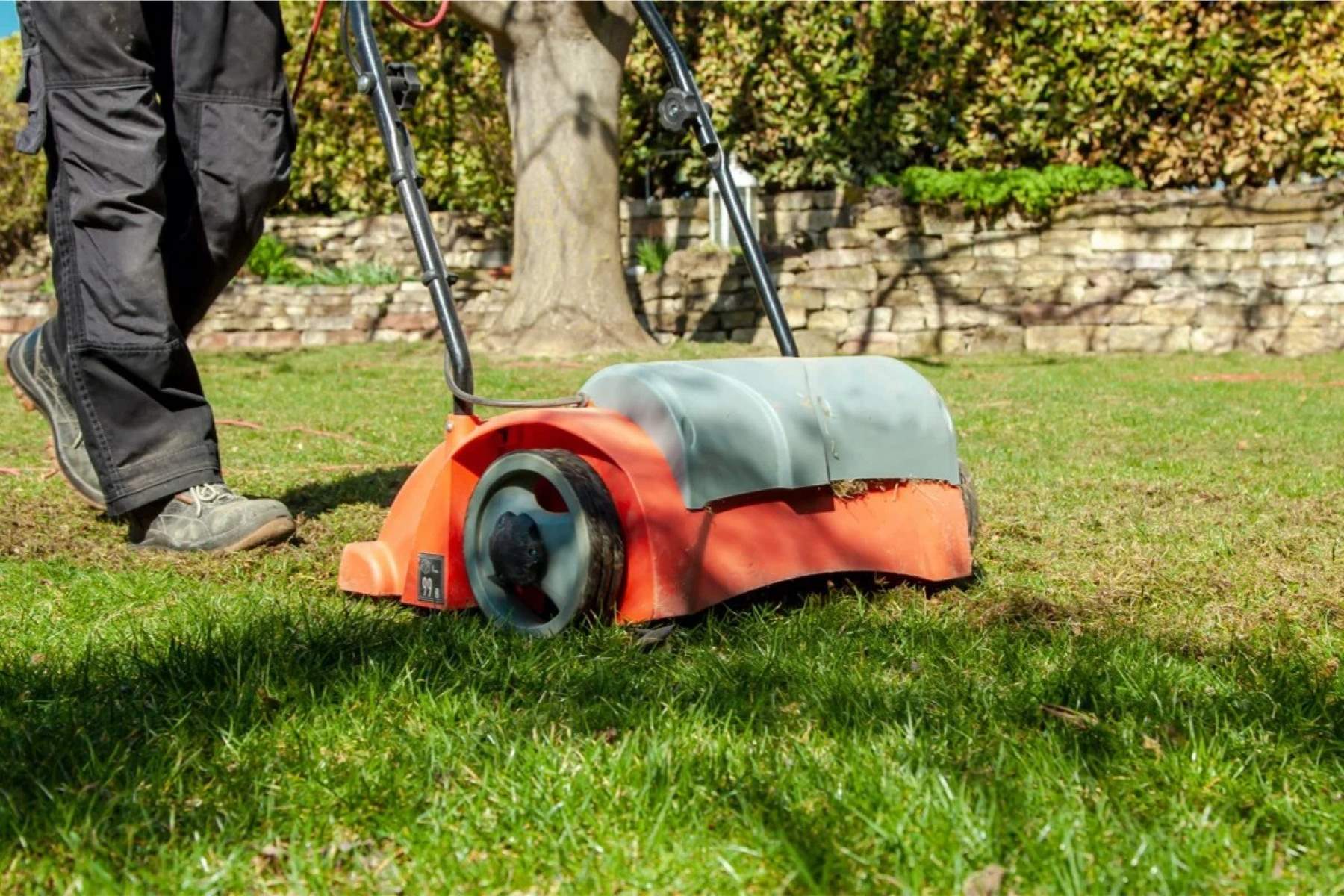

Landscaping Ideas
When To Dethatch Bermuda Grass In Texas
Modified: March 29, 2024
Learn when to dethatch Bermuda grass in Texas for a lush lawn. Discover expert landscaping ideas for maintaining healthy Bermuda grass in your Texas yard.
(Many of the links in this article redirect to a specific reviewed product. Your purchase of these products through affiliate links helps to generate commission for Storables.com, at no extra cost. Learn more)
Introduction
Welcome to the vibrant world of landscaping, where the lush, resilient Bermuda grass thrives under the Texan sun, adding a touch of natural elegance to lawns and outdoor spaces. Maintaining a healthy and vibrant Bermuda grass lawn requires a combination of care, attention, and timely interventions to ensure its continued vitality. One crucial aspect of Bermuda grass maintenance is dethatching, a process that involves removing the layer of dead grass and organic debris that accumulates on the soil surface over time.
Understanding the nuances of dethatching Bermuda grass in Texas is essential for homeowners and landscaping enthusiasts seeking to preserve the beauty and health of their lawns. In this comprehensive guide, we will delve into the specifics of dethatching Bermuda grass, including the signs that indicate the need for dethatching, the best time to undertake this task in the Texas climate, and the proper techniques for effective dethatching. Additionally, we will explore the essential steps for post-dethatching care and maintenance to support the rejuvenation of your Bermuda grass lawn.
Whether you’re a seasoned lawn care aficionado or a newcomer to the art of landscaping, this guide will equip you with the knowledge and insights needed to nurture your Bermuda grass to its fullest potential. So, let’s embark on this enlightening journey to discover the art and science of dethatching Bermuda grass in the vibrant landscapes of Texas.
Key Takeaways:
- Dethatch Bermuda grass in Texas during late spring to early summer for optimal recovery and regrowth, ensuring a healthy and vibrant lawn.
- Look for signs like spongy thatch, patchy growth, and reduced water penetration to know when it’s time to dethatch your Bermuda grass, preserving its vitality.
Read more: How Often To Dethatch Bermuda Grass
Understanding Bermuda Grass
Bermuda grass (Cynodon dactylon) is a warm-season grass variety known for its exceptional resilience, vibrant green hue, and adaptability to diverse soil types and climatic conditions. It thrives in the heat and sunlight, making it a popular choice for lawns, golf courses, and sports fields in Texas and other warm regions. Its rapid growth and robust nature contribute to its appeal as a low-maintenance, visually appealing ground cover.
One of the key attributes of Bermuda grass is its vigorous growth pattern, characterized by above-ground runners known as stolons and below-ground stems called rhizomes. This robust growth habit enables Bermuda grass to quickly fill in bare patches and recover from damage, making it an ideal choice for high-traffic areas and lawns that experience regular use.
Furthermore, Bermuda grass exhibits excellent drought tolerance, allowing it to withstand prolonged periods of heat and limited water availability. This resilience is a valuable trait for homeowners and landscapers seeking a low-maintenance yet visually striking grass variety for their outdoor spaces.
While Bermuda grass boasts numerous advantages, it is not immune to the accumulation of thatch—a dense layer of dead grass, roots, and organic debris that can develop between the soil surface and the green foliage. Thatch buildup can impede the movement of air, water, and nutrients to the soil, potentially hindering the health and vibrancy of the grass. As such, understanding the signs of thatch accumulation and the appropriate dethatching practices is crucial for preserving the vitality of Bermuda grass lawns in Texas.
Signs That Your Bermuda Grass Needs Dethatching
Recognizing the signs that indicate the need for dethatching is essential for maintaining the health and vigor of your Bermuda grass lawn. While a certain amount of thatch can benefit the lawn by insulating the soil and reducing moisture loss, excessive thatch buildup can hinder the grass’s ability to thrive. Here are some common indicators that your Bermuda grass may require dethatching:
- Thick, spongy thatch layer: Take a close look at the base of the grass blades. If you notice a dense, spongy layer of organic debris and dead grass that is more than half an inch thick, it may be time to dethatch your lawn. Excessive thatch can impede water penetration and root development, leading to diminished lawn health.
- Patchy or uneven growth: Uneven or patchy grass growth can be a sign of thatch-related issues. When thatch restricts the movement of water, air, and nutrients to the soil, certain areas of the lawn may struggle to thrive, resulting in an uneven or sparse appearance.
- Reduced water penetration: If you notice that water applied to the lawn’s surface is pooling or running off rather than being absorbed, it could indicate thatch-related issues. Excessive thatch can act as a barrier, impeding the infiltration of water into the soil and hindering the grass’s access to essential moisture.
- Increased pest and disease activity: A thatch layer that is too thick can create an ideal habitat for pests and disease-causing organisms. If you observe an uptick in pest activity or notice signs of disease, such as mold or fungal growth, it may be linked to excessive thatch accumulation.
- Compacted soil: Thatch buildup can contribute to soil compaction, limiting the soil’s ability to breathe and absorb water. If the soil feels compacted and dense, dethatching may be necessary to alleviate this issue and promote healthier soil structure.
By staying attuned to these signs and actively monitoring the condition of your Bermuda grass lawn, you can proactively address thatch-related issues and intervene at the right time to preserve the health and beauty of your outdoor space.
Best Time to Dethatch Bermuda Grass in Texas
Timing is crucial when it comes to dethatching Bermuda grass in the dynamic climate of Texas. The ideal time to undertake this essential lawn care task is during the grass’s peak growing season, which typically occurs in late spring to early summer. In Texas, this timeframe aligns with the transition from the cooler spring months to the warmer, sun-drenched days of early summer, creating optimal conditions for dethatching.
During this period, Bermuda grass exhibits robust growth and vigorous recovery capabilities, making it well-equipped to rebound from the dethatching process. Additionally, the warmer temperatures and increased sunlight promote rapid regrowth, allowing the grass to recuperate and fill in any areas that may be temporarily affected by the dethatching procedure.
Engaging in dethatching during the peak growing season offers several advantages. The grass’s heightened metabolic activity and vigorous growth facilitate quicker healing and rejuvenation, enabling the lawn to recover and flourish in the wake of dethatching. Moreover, the warmer temperatures expedite the decomposition of the removed thatch, aiding in its natural breakdown and integration into the soil.
It’s important to note that dethatching Bermuda grass during the dormant winter months or the scorching heat of summer is generally ill-advised. Dethatching during dormancy can stress the grass and impede its ability to recover, while tackling this task in the sweltering summer heat may expose the newly exposed soil to excessive sunlight and heat, potentially hindering the grass’s regrowth and increasing its susceptibility to stress.
By aligning the dethatching process with the grass’s peak growing season, you can optimize the chances of success and promote the long-term health and lushness of your Bermuda grass lawn. As with any lawn care activity, it’s essential to monitor the specific conditions in your area and adjust the timing based on local climate patterns and the unique characteristics of your lawn.
Dethatch Bermuda grass in Texas in late spring or early summer when it’s actively growing. This allows the grass to recover quickly.
How to Dethatch Bermuda Grass
When it comes to dethatching Bermuda grass, employing the right techniques and tools is crucial to ensure effective removal of the thatch layer while minimizing stress on the grass. Here’s a step-by-step guide to dethatching your Bermuda grass lawn:
- Assess the thatch layer: Before initiating the dethatching process, evaluate the thickness of the thatch layer. Use a garden trowel or small shovel to carefully dig into the grass and measure the depth of the thatch. If it exceeds half an inch, dethatching is likely necessary.
- Mow the grass: Begin by mowing the Bermuda grass at a slightly lower setting than usual to reduce the grass height. This facilitates better access to the thatch layer and allows for more effective dethatching.
- Choose the right dethatching equipment: Utilize a dethatching rake, also known as a thatching rake, to manually remove the thatch from the lawn. Alternatively, power dethatchers, which resemble lawn mowers but feature vertical blades designed to cut through the thatch, can be used for larger areas. Ensure that the dethatching equipment is suitable for your lawn’s size and the severity of thatch buildup.
- Dethatch in a crosshatch pattern: When using a dethatching rake, work in a crosshatch pattern, moving the rake back and forth across the lawn to effectively dislodge and remove the thatch. For power dethatchers, follow a similar pattern to ensure comprehensive coverage and thorough removal of the thatch layer.
- Collect and dispose of the thatch: As you dethatch the lawn, gather the dislodged thatch using a rake or a lawn sweeper. Dispose of the collected thatch appropriately, either by composting it or arranging for proper disposal based on local waste management guidelines.
- Water and fertilize: Following dethatching, water the lawn to promote recovery and aid in the decomposition of any remaining thatch. Additionally, consider applying a balanced fertilizer to support the grass’s regrowth and replenish essential nutrients.
- Monitor and maintain: Keep a close eye on the lawn’s progress after dethatching. Ensure that the grass receives adequate moisture and adjust your lawn care routine as needed to support its recovery and rejuvenation.
By following these dethatching guidelines and tailoring them to the specific needs of your Bermuda grass lawn, you can effectively address thatch-related issues and contribute to the long-term health and vibrancy of your outdoor space.
Read more: When To Dethatch Grass
Aftercare and Maintenance
After dethatching your Bermuda grass lawn, providing proper aftercare and maintenance is essential to support the grass’s recovery and ensure long-term health and vitality. Here are key steps to consider for post-dethatching care:
- Watering: Following dethatching, maintain consistent and adequate watering to support the grass’s recovery. Water deeply and infrequently to encourage deep root growth and resilience.
- Adjusting mowing height: Raise the mower height slightly after dethatching to reduce stress on the recovering grass and promote healthy regrowth. Aim to keep the grass at a moderate height to support its vigor.
- Overseeding: Consider overseeding the lawn after dethatching to introduce new grass seed and promote denser, healthier turf. Select high-quality Bermuda grass seed suited to your region and apply it according to the recommended seeding rates.
- Applying fertilizer: Apply a balanced fertilizer specifically formulated for Bermuda grass to replenish essential nutrients and support the grass’s recovery. Choose a fertilizer with a nitrogen-phosphorus-potassium (N-P-K) ratio tailored to the needs of Bermuda grass.
- Monitoring for regrowth: Keep a close eye on the lawn for signs of new growth and recovery. As the grass regenerates, ensure that it receives adequate sunlight, water, and nutrients to facilitate robust regrowth.
- Regular maintenance: Maintain a consistent lawn care routine, including mowing, watering, and soil testing, to support the long-term health and resilience of your Bermuda grass. Adjust your maintenance practices based on seasonal changes and the specific needs of your lawn.
By prioritizing these aftercare measures and tailoring them to your lawn’s unique requirements, you can contribute to the successful recovery and ongoing vitality of your Bermuda grass following the dethatching process. Regular monitoring, attentive maintenance, and proactive adjustments to your lawn care regimen will help preserve the lushness and vibrancy of your Bermuda grass lawn for years to come.
Conclusion
Embarking on the journey of dethatching Bermuda grass in Texas unveils a world of attentive care, proactive maintenance, and the rewarding pursuit of a lush, vibrant lawn. By understanding the nuances of Bermuda grass and recognizing the signs that indicate the need for dethatching, you equip yourself with the knowledge to preserve the health and beauty of your outdoor space.
Timing, as demonstrated, is paramount when it comes to dethatching Bermuda grass in the dynamic Texas climate. By aligning the dethatching process with the grass’s peak growing season, you optimize the chances of success and promote the long-term health and lushness of your Bermuda grass lawn.
Employing the right techniques and tools for dethatching, as outlined in this guide, ensures effective removal of the thatch layer while minimizing stress on the grass. Furthermore, providing proper aftercare and maintenance following the dethatching process is essential to support the grass’s recovery and ensure its long-term vitality.
As you navigate the intricacies of dethatching Bermuda grass, remember that each step you take contributes to the well-being of your outdoor oasis. With attentive observation, thoughtful intervention, and a touch of nurturing care, you can cultivate a Bermuda grass lawn that stands as a testament to the artistry and dedication of conscientious landscaping.
So, as you embark on the journey of dethatching Bermuda grass in the vibrant landscapes of Texas, may your efforts yield a tapestry of lush greenery, vibrant growth, and the enduring beauty of a well-tended lawn.
Frequently Asked Questions about When To Dethatch Bermuda Grass In Texas
Was this page helpful?
At Storables.com, we guarantee accurate and reliable information. Our content, validated by Expert Board Contributors, is crafted following stringent Editorial Policies. We're committed to providing you with well-researched, expert-backed insights for all your informational needs.
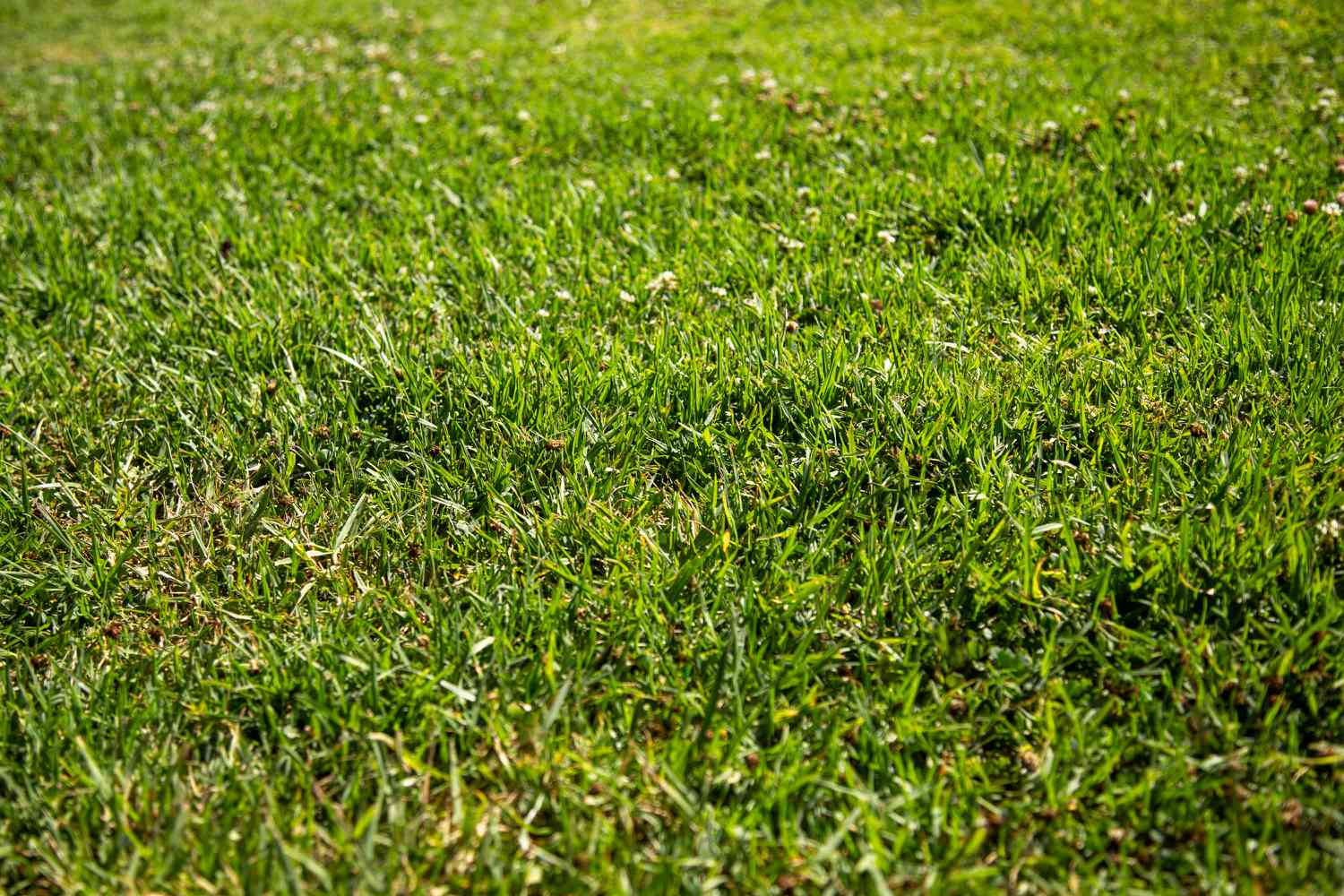
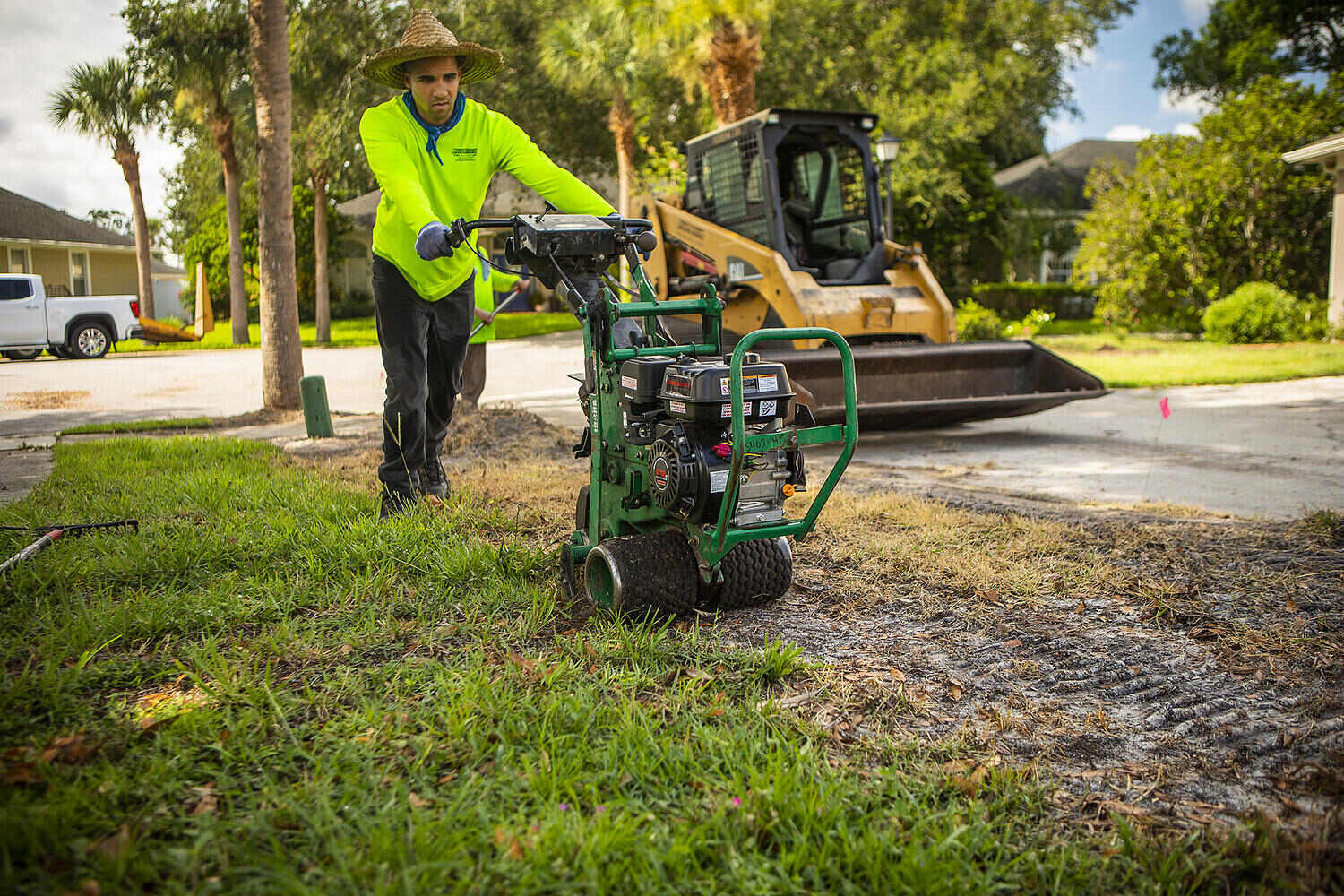
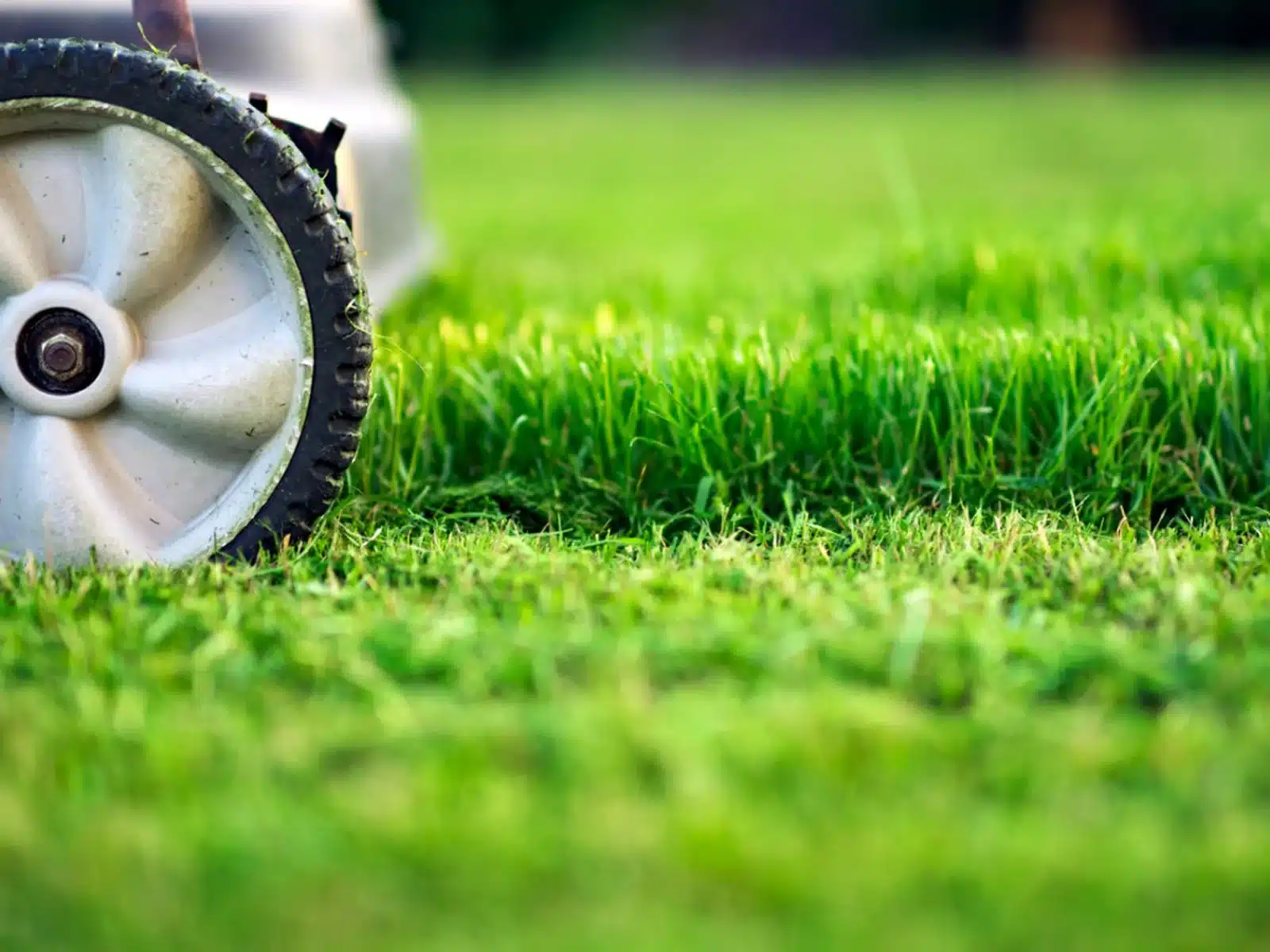
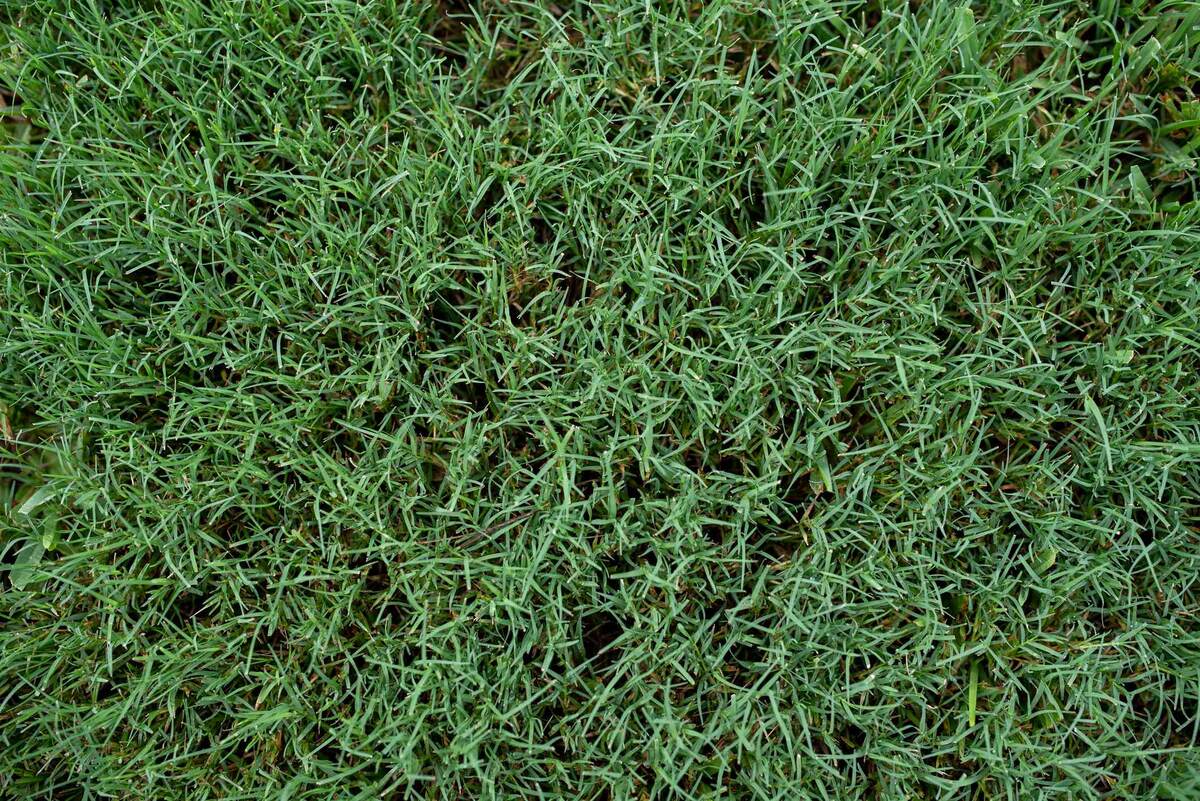
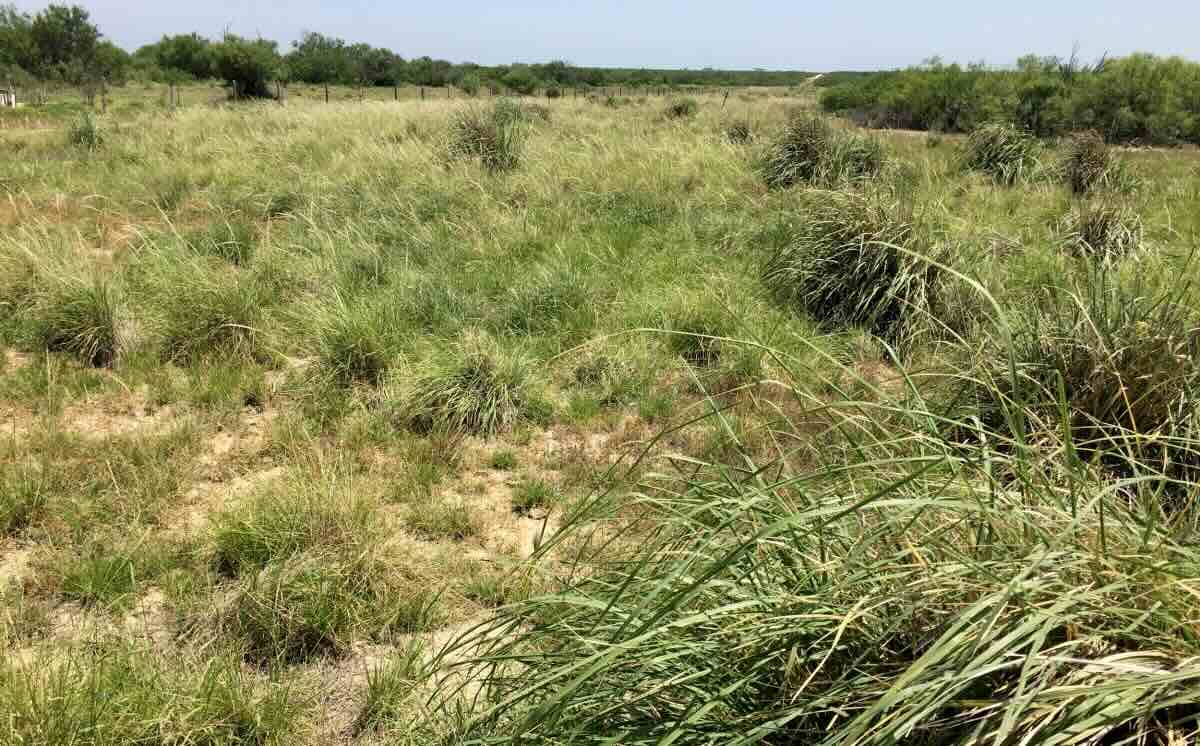
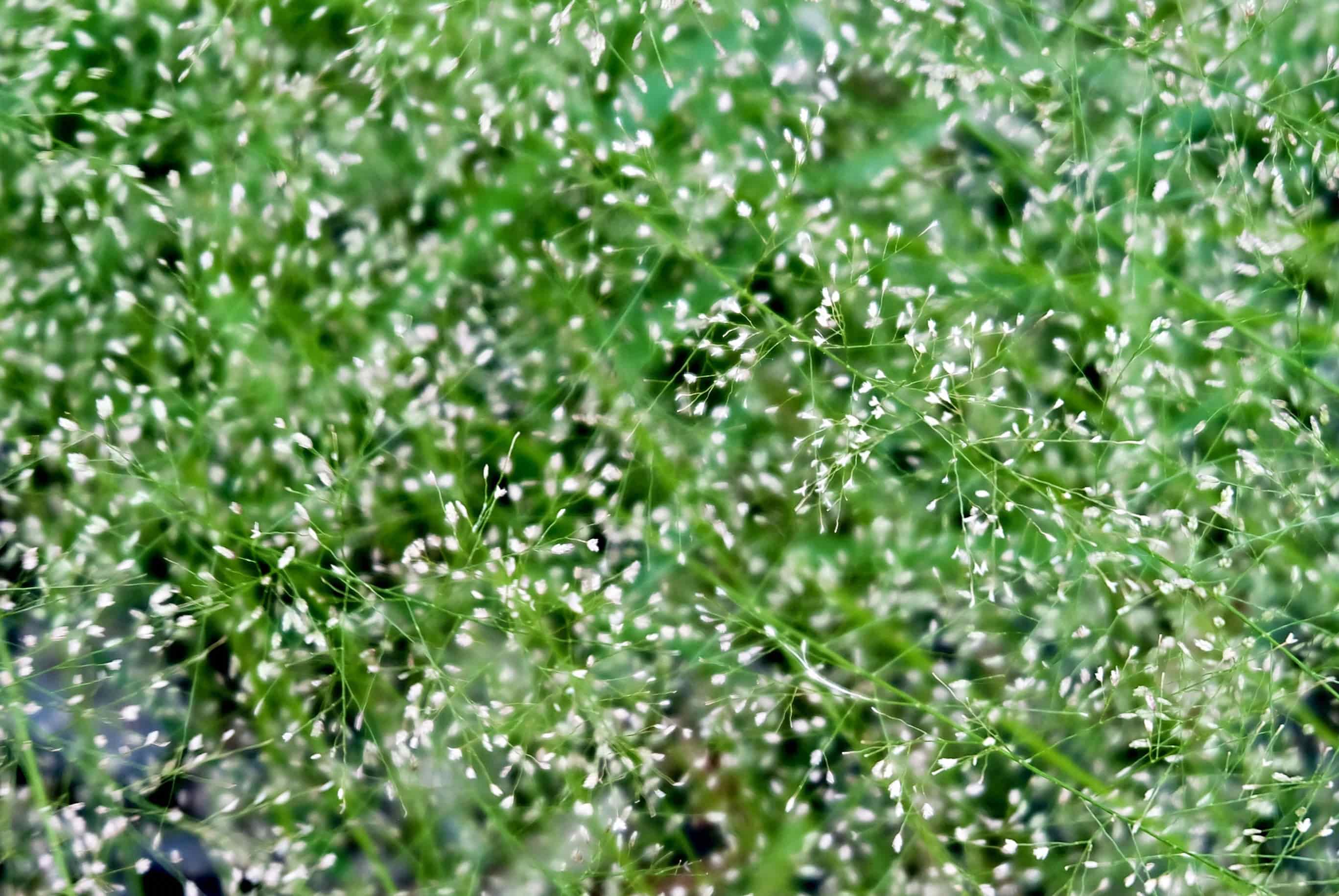
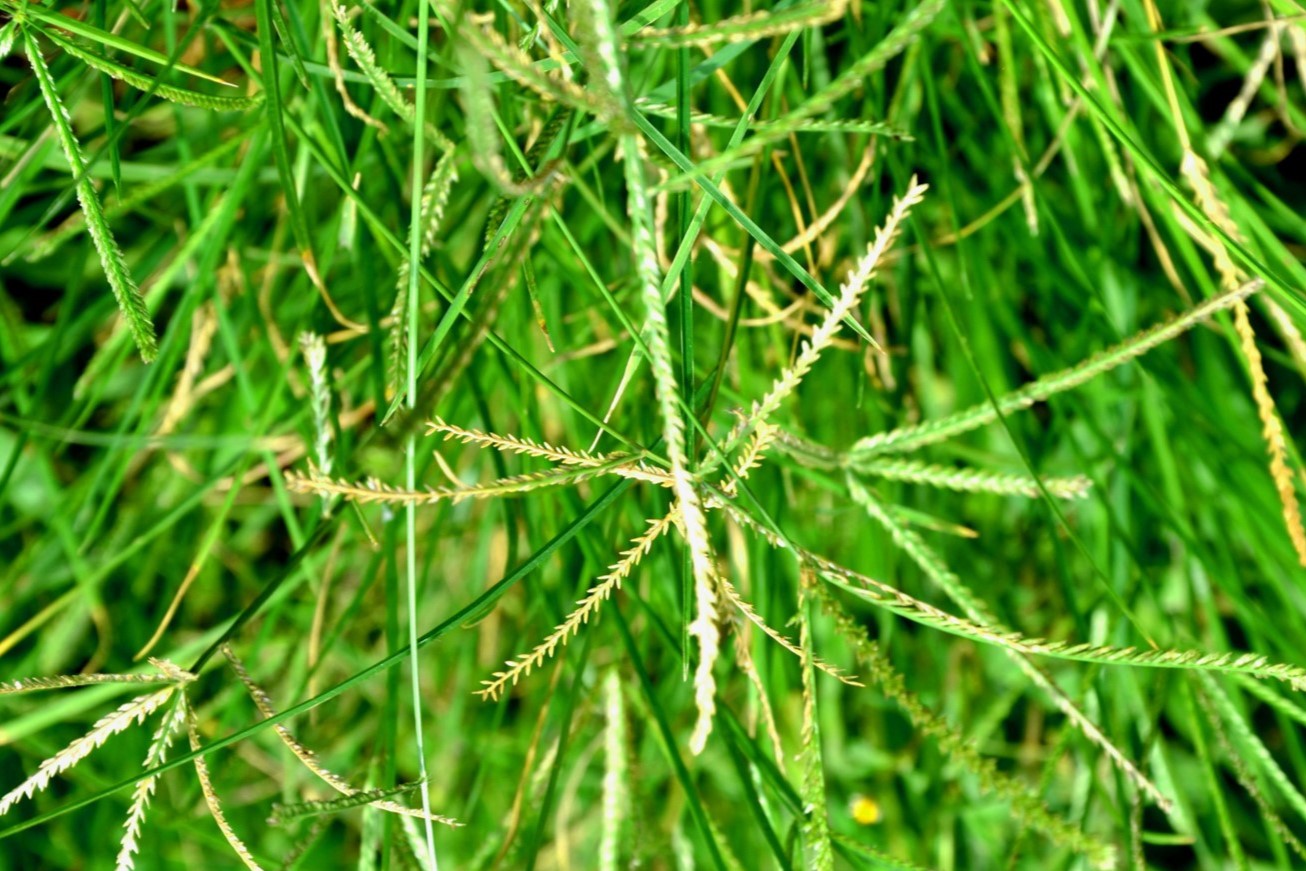
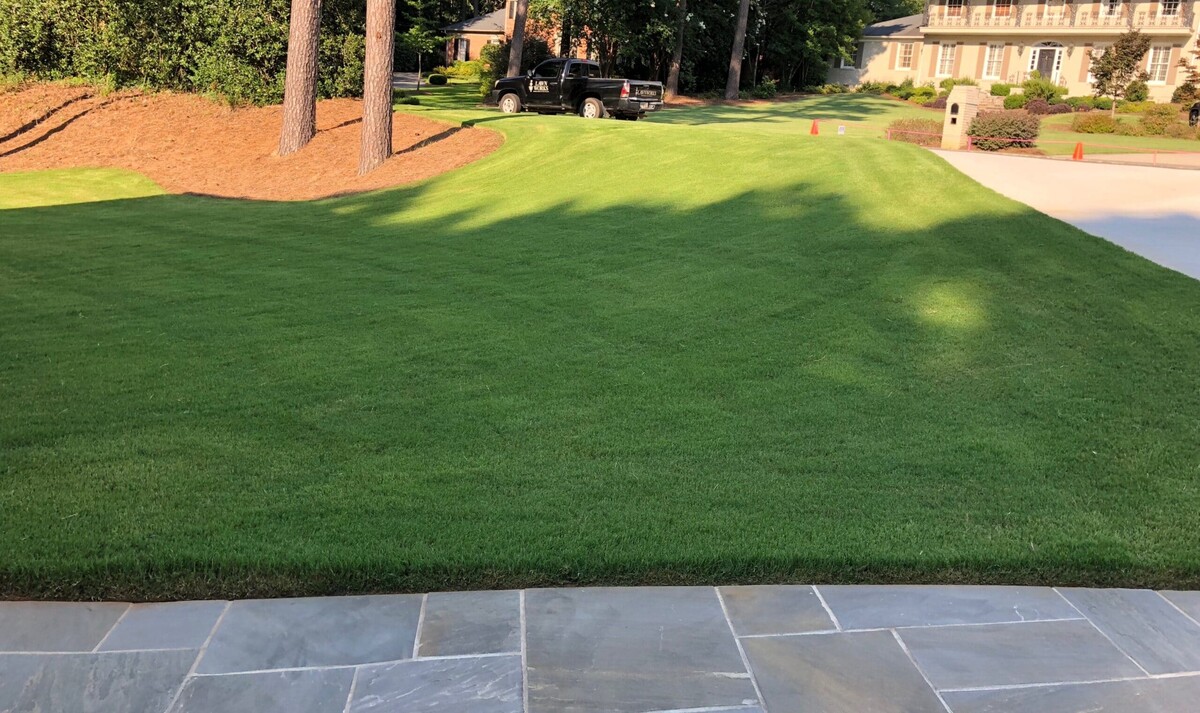
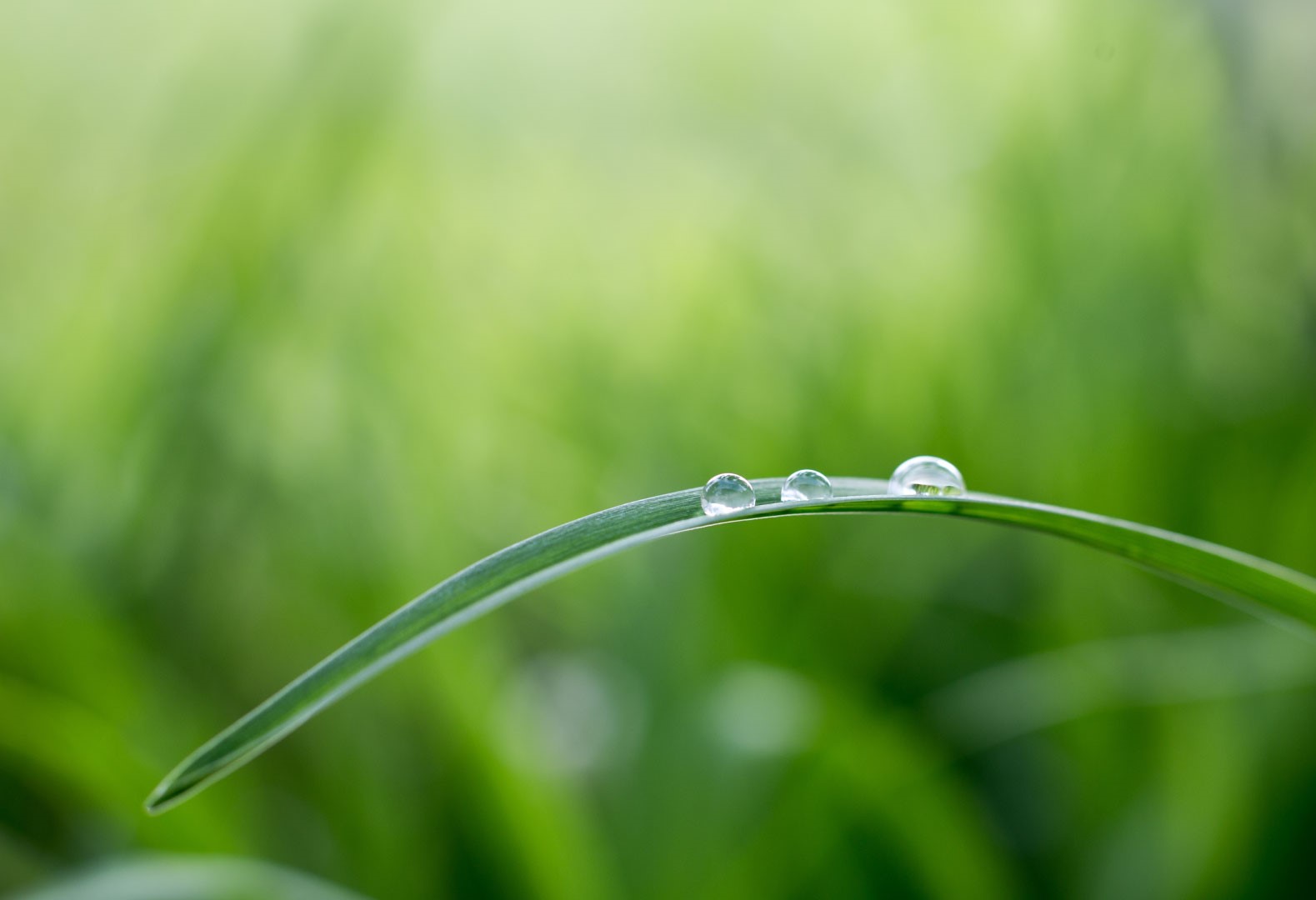
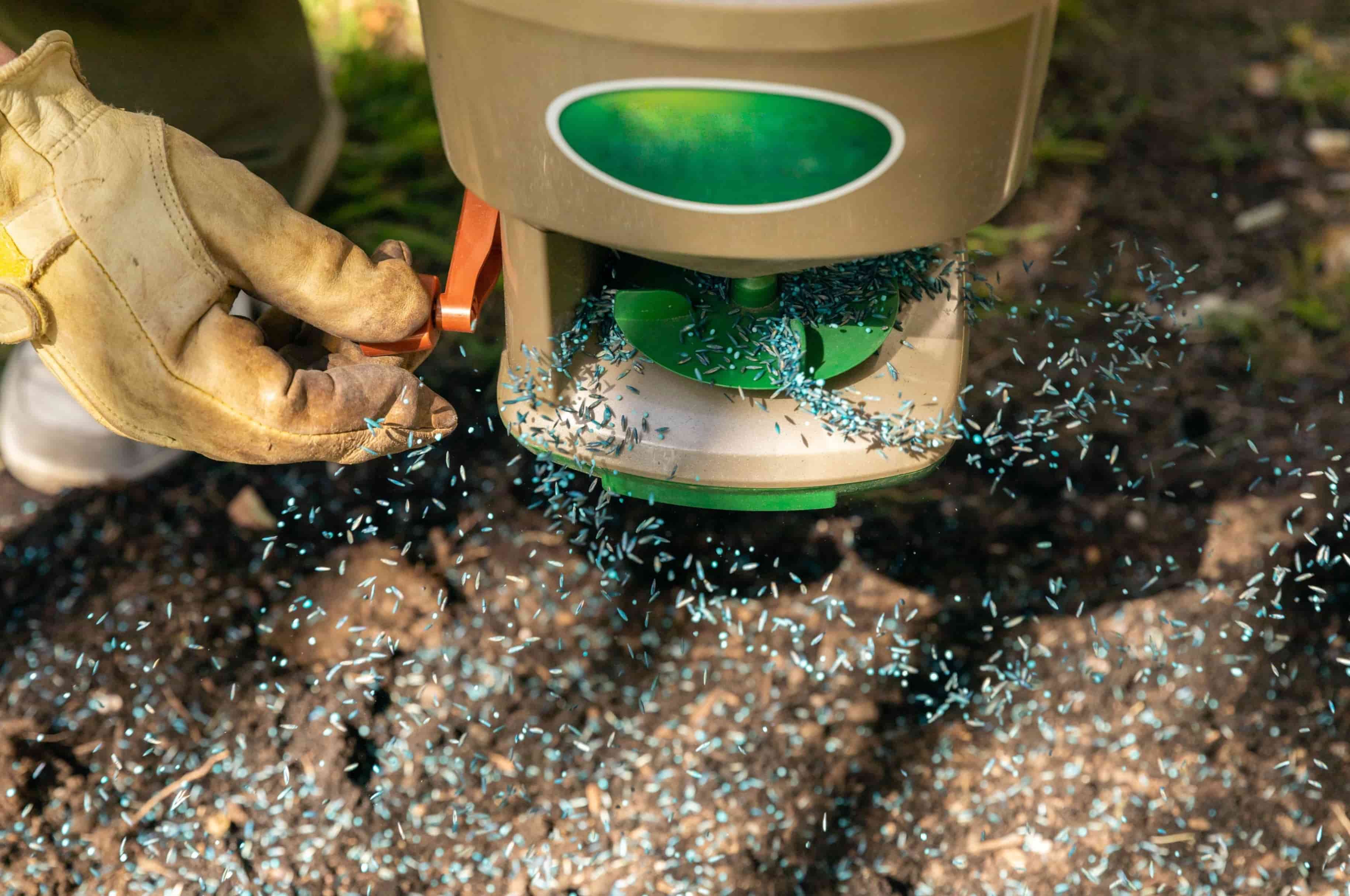
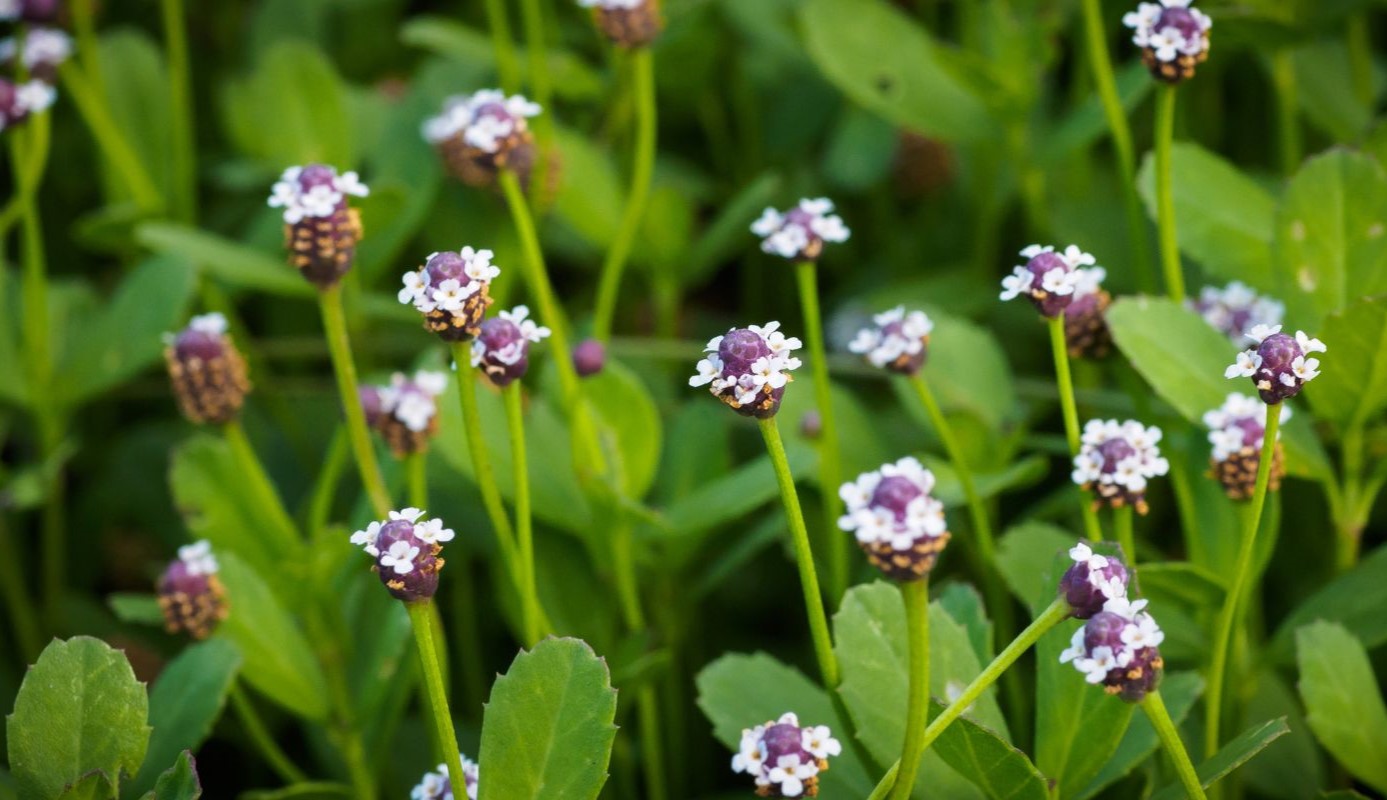
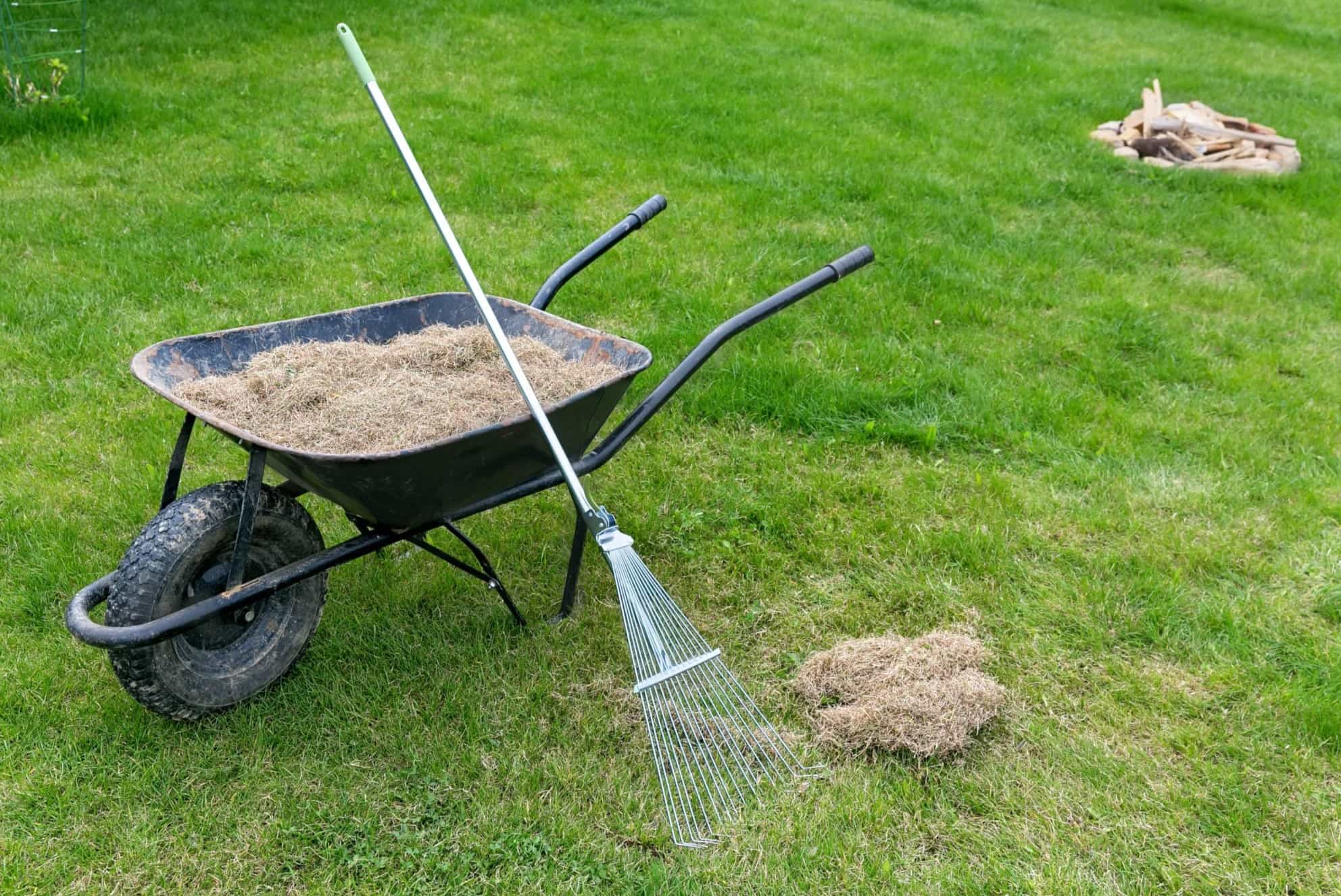
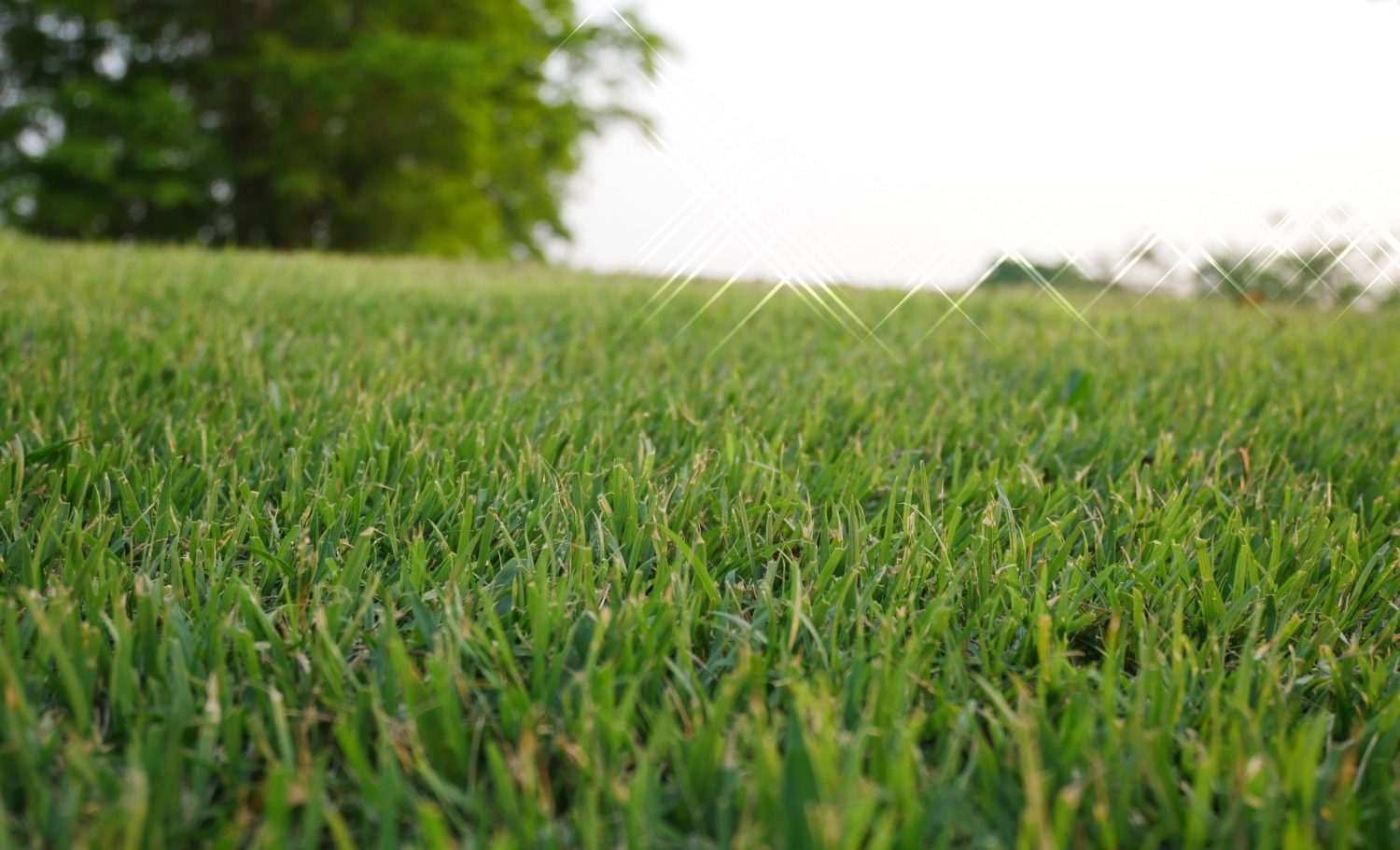
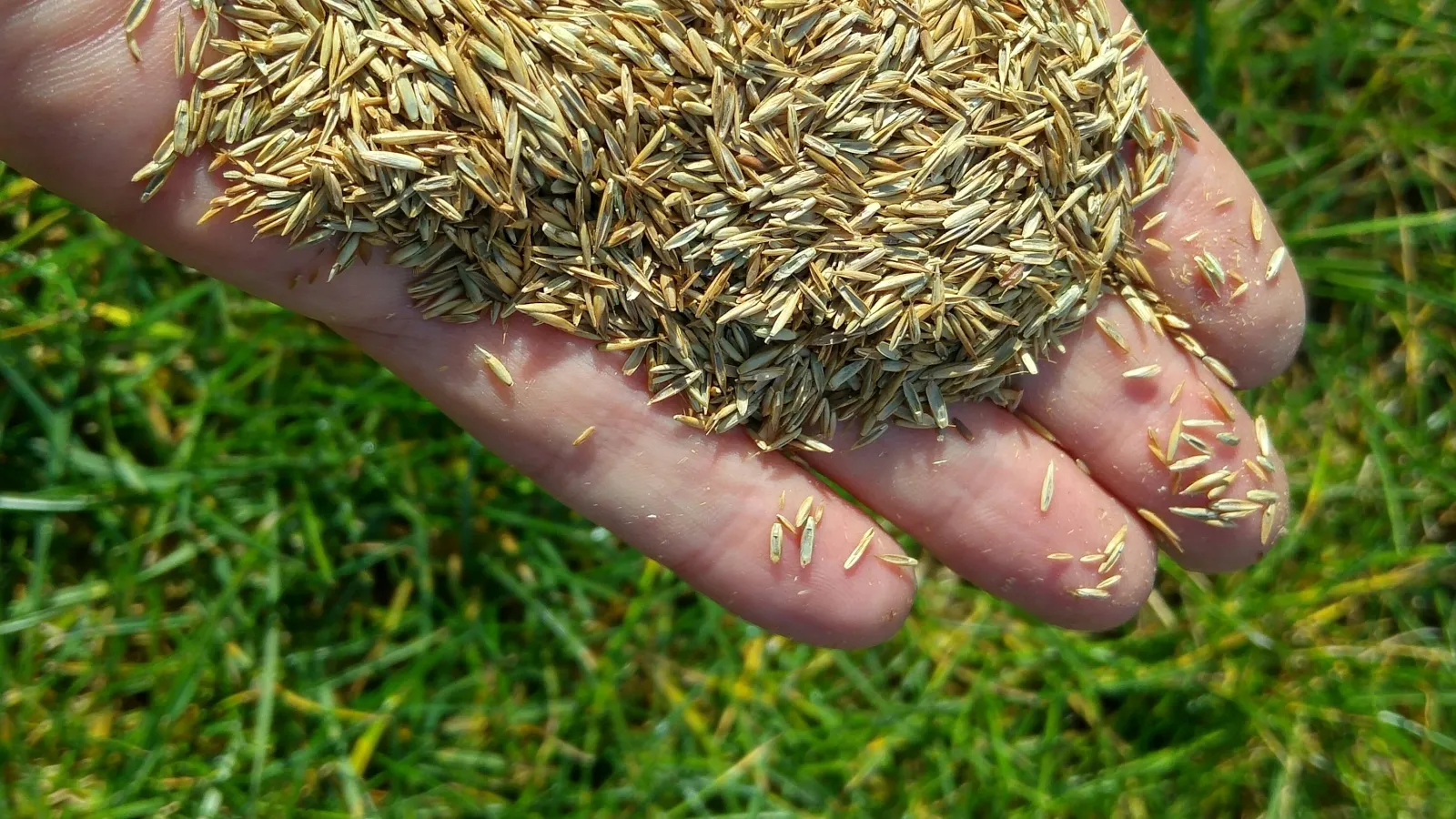

0 thoughts on “When To Dethatch Bermuda Grass In Texas”